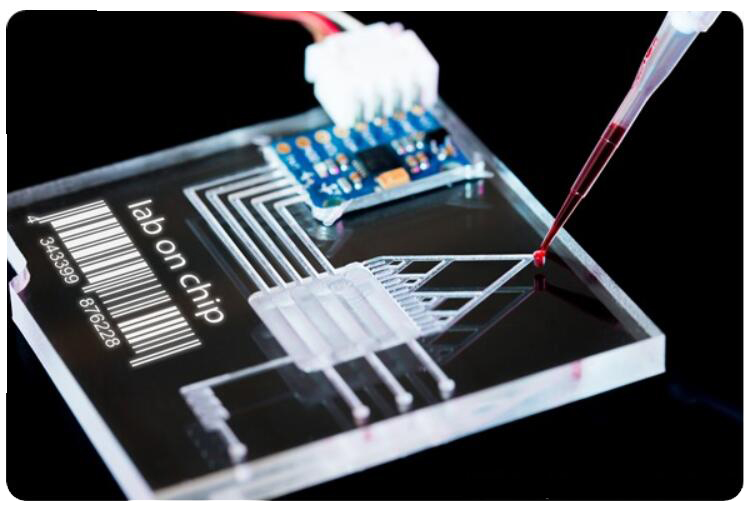Inside every cell, complex communication networks are constantly at work. These systems—known as signaling pathways—allow cells to respond to changes in their environment, control growth, defend against threats, and carry out essential biological tasks. One of the key methods cells use to transmit signals is phosphorylation, a process where a phosphate group is added to a protein to change its activity.
Phosphorylation acts like a molecular switch. When certain proteins are phosphorylated, they may become active, move to a new part of the cell, or interact differently with other molecules. Because this process is so vital to healthy cell function, it's no surprise that disruptions in phosphorylation can lead to diseases such as cancer, diabetes, and autoimmune disorders.
To understand these changes, researchers turn to phosphorylation antibody arrays, which allow them to track the activation of many signaling proteins in one simple experiment.
Understanding Insulin Signaling with Antibody Arrays
One major pathway that scientists often study is the insulin receptor signaling pathway, which controls how cells take in and use glucose. When this system works properly, cells respond efficiently to insulin. But when something goes wrong, it can lead to insulin resistance or type 2 diabetes.
The Human Insulin Receptor Pathway Phosphorylation Antibody Array is specially designed to measure the phosphorylation levels of key proteins in this pathway. With this array, researchers can monitor how well the insulin signal is transmitted within the cell—information that is vital for diabetes research and drug development.
Tracking Cell Survival Signals in the AKT Pathway
Another pathway closely tied to cell growth and survival is the AKT signaling pathway. This pathway, also called the PI3K/AKT pathway, is often overactive in cancer cells, allowing them to avoid normal controls like apoptosis (programmed cell death) and continue dividing unchecked.
The Human AKT Pathway Phosphorylation Antibody Array allows researchers to assess the phosphorylation status of multiple AKT-related proteins. By using this array, scientists can see how strongly the pathway is activated, how it responds to external factors, and how it might be affected by drugs targeting cancer cells.
Investigating Immune Responses Through NFκB Signaling
Beyond metabolism and cell survival, many researchers focus on inflammation and immune responses. One of the most critical pathways in this area is the NFκB (nuclear factor kappa-light-chain-enhancer of activated B cells) pathway. It helps regulate the body's defense mechanisms, but when dysregulated, it can lead to chronic inflammation or autoimmune disease.
The Human NFκB Pathway Phosphorylation Antibody Array is a valuable tool for studying how this pathway behaves under different conditions. It captures a range of phosphorylated proteins involved in the activation and regulation of NFκB, offering insights into inflammation-related diseases and potential treatments.
Shared Advantages Across All Three Arrays
Even though these arrays target different pathways, they share several key features:
Phospho-specific detection: They only detect proteins when they are phosphorylated, giving researchers a real-time picture of pathway activation.
High-throughput format: Instead of analyzing one protein at a time, these arrays allow for the simultaneous detection of dozens of phosphorylation events, saving time and providing a broader understanding of cell signaling.
User-friendly design: These arrays are ready-to-use with standardized protocols, making them accessible even for labs that don't specialize in proteomics.
From Lab to Life: Why It Matters
Understanding how cellular signals work — and how they malfunction — is at the core of modern biology and medicine. Phosphorylation antibody arrays make this process more accessible and informative. Whether studying insulin resistance in diabetes, cell survival in cancer, or inflammation in autoimmune diseases, these arrays provide researchers with a powerful window into the signaling activity inside our cells.
As we continue to explore the inner workings of the human body, tools like these will be essential for discovering new therapies, personalizing treatments, and advancing precision medicine.

